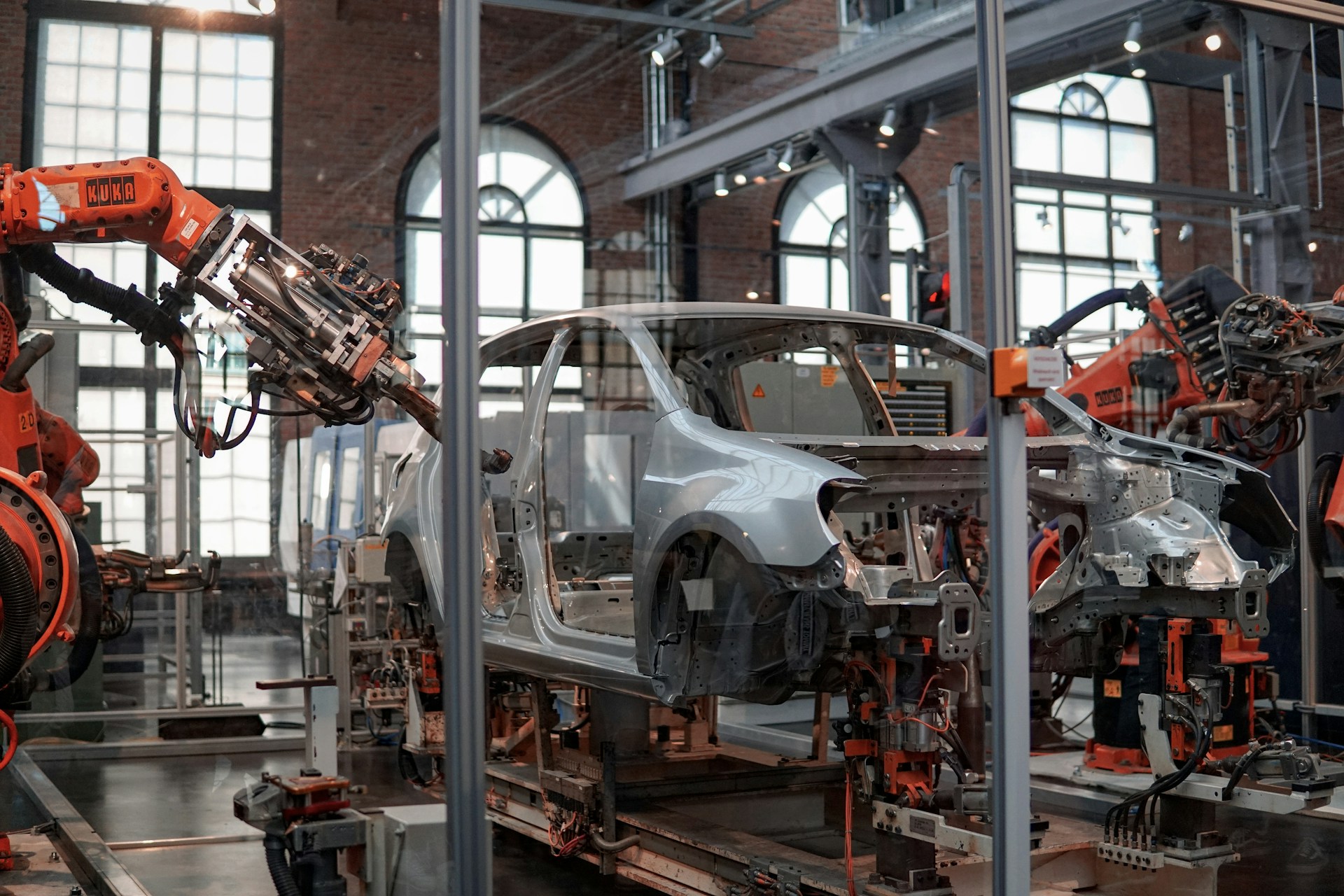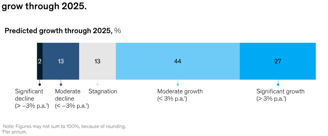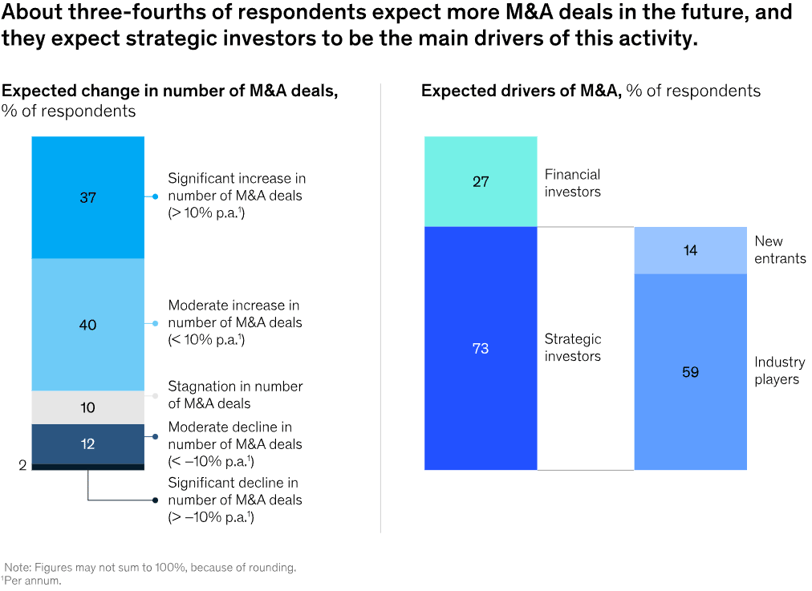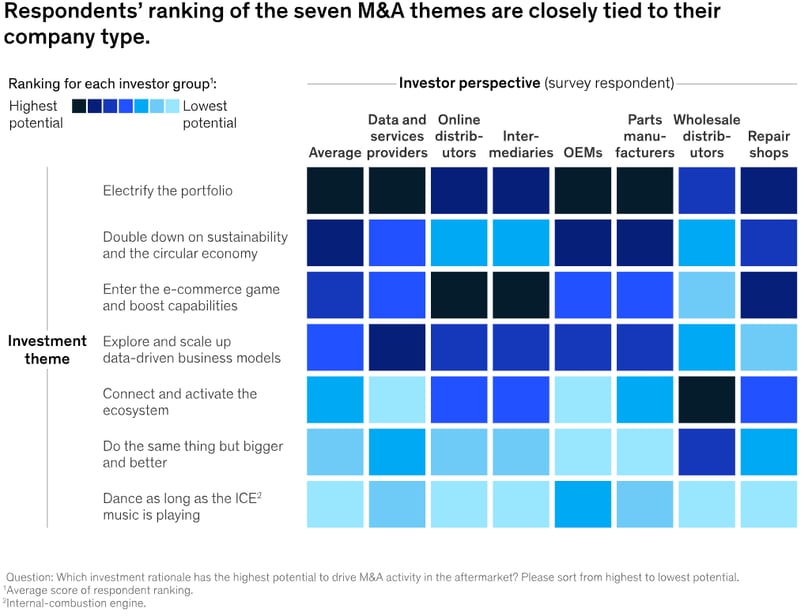
The Future of the Automotive Aftermarket M&A and Value Creation
In an age marked by technological transformation and digitalization, the automotive aftermarket is feeling the pressure to adapt and evolve.
The automotive aftermarket is currently undergoing a massive transformation, influenced by technological advancements, digitalization, and other broad developmental forces such as the aging vehicle fleet in Europe and the entry of new market players. In this dynamic landscape, programmatic mergers and acquisitions (M&A) stand out as a vital strategy for companies to navigate these changes and create significant value.
A recent study highlighted seven key investment themes that are essential for value creation in the automotive aftermarket. A survey of 52 industry executives from European companies was also conducted to understand the industry sentiment, which is applicable globally. The majority of respondents anticipate a surge in M&A activities, primarily propelled by strategic investors, and foresee growth in the automotive aftermarket. While there were variations in the most promising investment areas based on the business line, most executives identified portfolio electrification, sustainability and the circular economy, and e-commerce as the top areas of interest. Interestingly, a significant majority expressed an interest in engaging in more M&A activities but lacked a concrete strategy, underlining an urgent need for action






Road Ahead: Addressing M&A Objectives
To fully leverage the potential of M&A, automotive aftermarket companies must formulate a clear midterm strategy where M&A is a central route to value creation. Decision-makers should contemplate the following questions:
What is the company’s value-creation strategy, and how can it maintain or strengthen its position?
What are the key opportunities (white spaces) and strategic control points, and how can the company access them?
Given the white spaces and strategic control points, what is the corresponding M&A strategy to capture additional potential value?
What are the most important M&A themes for the company, and why?
What are the possible targets?
What kinds of pitfalls or risks need proactive management?
What are good examples of sought-after deals, and why are they successful?
How can the company and its partners orchestrate the end-to-end M&A process, particularly deal execution and value creation?
By addressing these questions, companies can refine their strategic plans for M&A. For those without specific strategic plans, the seven identified themes and guiding questions could serve as a starting point. A sea of opportunity awaits automotive aftermarket companies in Europe and globally. A well-thought-out and executed M&A strategy could be the key to unlocking this potential and driving value creation in the ever-evolving automotive aftermarket landscape.
Although each region has its own set of challenges, these issues are converging and may culminate in a globally synchronized downturn in the second half of 2022 and into 2023, just two years after the last one. The focus for businesses has shifted from questioning the likelihood of a recession to assessing its potential breadth and depth. The role of major central banks and their ability to use financial system inflation to mitigate downturns will be a key factor. The swift liquidity support provided by central banks during the 2008–2009 financial crisis and the early months of the pandemic was crucial for crisis management and recovery. However, inflation was not a complicating factor during those crises, as it is today. Therefore, the critical question for the global economy is whether this time will be different.
Key Survey Insights
Anticipated Growth in the Automotive Aftermarket: The majority of respondents expect the automotive aftermarket to grow, although this growth is predicted to decelerate between 2025 and 2030 due to the rise of electrification, autonomous driving, and new mobility concepts.
Projected Increase in M&A Activities: Over three-quarters of the executives anticipate an uptick in M&A activities, with almost the same percentage expecting strategic investors to be the primary drivers. Companies excelling in online distribution, parts manufacturing, and data and service provision are predicted to witness the most M&A activities.
Key Motivators for M&A: Electrification of the portfolio, sustainability and the circular economy, and entering e-commerce and building capabilities were identified as the most likely themes to motivate future M&A activities.
Variability in Relevance of M&A Themes: Different sectors of the automotive aftermarket have varying opinions on the most crucial investment themes. For instance, e-commerce companies and repair shops prioritize the acceleration of online distribution, while parts manufacturers and data and service providers regard scaling up data-driven business models as critical.
Absence of a Clear M&A Strategy: Over 60% of respondents are contemplating investments, but a mere 13% have a well-defined M&A strategy or a list of targets for the next three years.
Talk to Us

